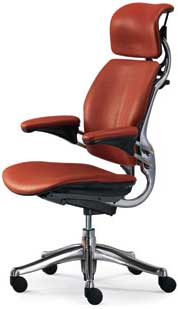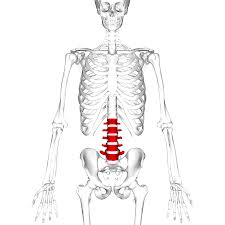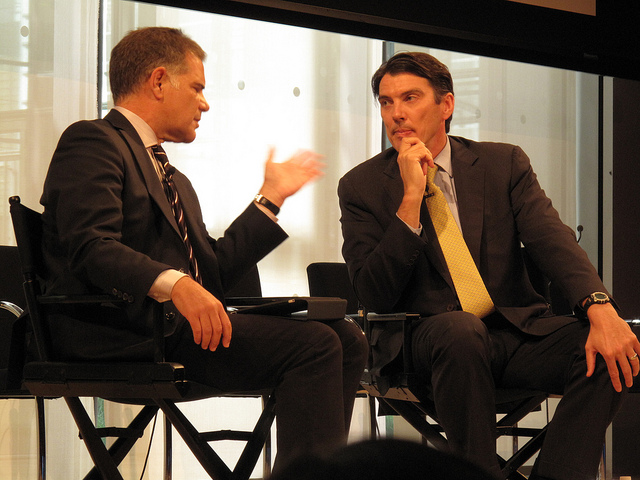 It is estimated that at least 50% individuals in the industrialized world suffer from some kind of back problem, most notably due to a poor or inadequate seat design. How we sit all day in front of our workstations has a marked impact on the overall health of our spine. As a result of bad posture, the lumbar region in the back bone is what takes the most pounding. Here’s what you need to know, and many chiropractors will stand by it.
It is estimated that at least 50% individuals in the industrialized world suffer from some kind of back problem, most notably due to a poor or inadequate seat design. How we sit all day in front of our workstations has a marked impact on the overall health of our spine. As a result of bad posture, the lumbar region in the back bone is what takes the most pounding. Here’s what you need to know, and many chiropractors will stand by it.
There is no universal seat that’s designed to accommodate every single person. But there are a number or ergonomic factors that come into play when we’re talking seat design. These generally work well for the average person.
Seat height should be set in a way so as to support a knee angle of 90 degrees. This takes undue stress off the thighs and buttocks. A chair that’s too high will increase the pressure at the underside of the knees, reducing blood flow and increasing unnecessary pressure on the nerve.
A chair that’s too low places pressure on the ischial tuberosities – this is where the upper thigh originates in the gluteus maximus region. Normally, the glutes cover them in the upright position, but they are exposed and at an ergonomic disadvantage when we’re sitting.
Optimal seat depth is recommended at 16.5”; between 14” and 18.5” for adjustable seats.
You should avoid hard seats. Seat pan contouring and cushioning should be designed in a way so that pressure is distributed over a larger area and the pelvis rotates forward – this encourages better posture.
Ideal seat cushioning is about 2” thick. The cushioning needs to be firmer and thicker in the back, while being less firm and thinner at the front. Too much cushioning and your body is going to sink into the chair, restricting movement. A soft chair may be very welcoming and comfortable at first, but it goes against basic ergonomic sense; as the body sinks, blood flow is reduced and skin temperature rises as you experience more compression under the thighs. At the end of the day – more discomfort.
A seat width that’s between 20” and 23” generally works well.
An ideal seat angle helps you maintain good contact with the backrest; a 5 to 10 degree angle is good.
There many more ergonomic factors related to optimal seating, and these are just some of them at a glance. A good chiropractor can help you determine exactly what type of chair best suits your body type.
Image used under Creative Commons Licensing: FreedomChair.jpg





